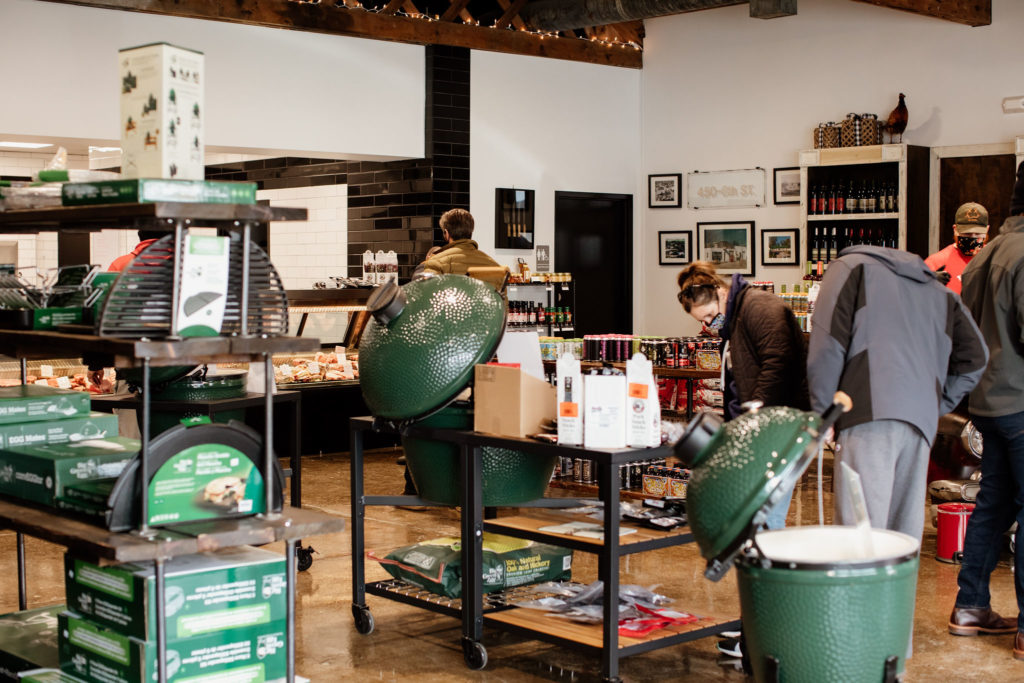Many of us found ourselves cooking at home more often as a consequence of spending more time there during the pandemic. Whether it’s trying out new recipes, or just throwing meat and veggies on the grill, cooking more of our own meals has become not just a necessity for many of us, but a real source of enjoyment. And Old Station Craft Meats, located on the historic Downtown Triangle in Waukee, aims to contribute to the success—and tastiness—of your next barbecue.
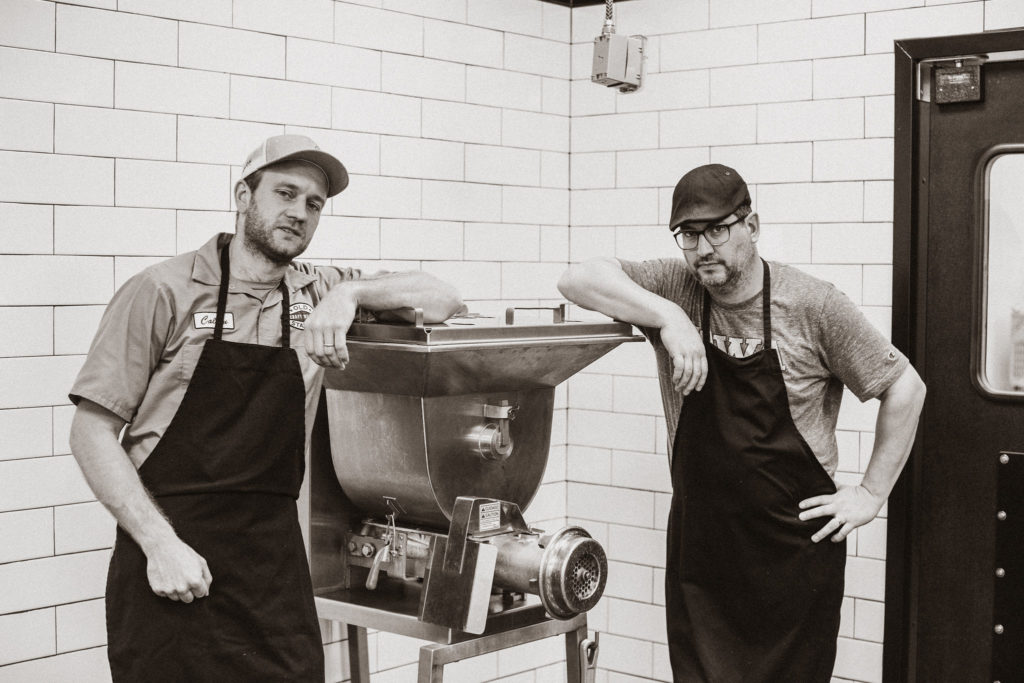
Old Station co-owner Nick Lenters comes by his passion for meat honestly. Born and raised on a third-generation farm in Sioux Center, Iowa, where his brother (and fellow co-owner) Adam still lives and raises cattle, the brothers were exposed to the meat industry from a young age. “We’ve always gotten all of our meat directly from the farm. It’s the way we grew up,” said Lenters. “You bought a whole animal directly from the farmer and put it in the freezer.”
As adults, the brothers began buying and owning cows together as a hobby, and a few years ago, they began to entertain the idea of opening their own butcher shop. After throwing the idea out to family and friends, it was Lenters’ dad who finally “pushed me off the fence,” he explained.
His dad challenged him to reach out to people in the butcher industry—at least one person in the following two weeks. Predictably, that person referred Lenters to another person, and so on, until Lenters had eventually accumulated a “network of people who kind of filled in all the gaps for me,” he said. Inspired by whole animal butcheries in the Denver area—places “that kind of hailed back to the old, traditional butcher shop,” according to Lenters—the brothers began to move in that direction themselves.
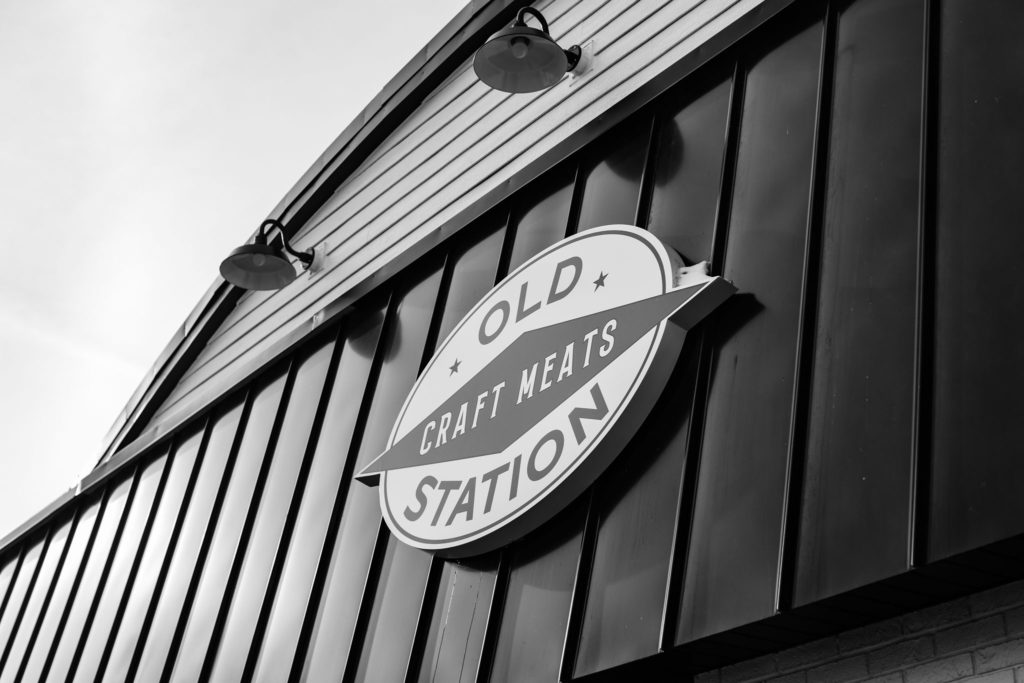
When it came time to find space to house their venture, Lenters, who’s lived in Waukee for 18 years, says his community stood out. The brothers looked at other areas in the metro and different demographics, but Waukee’s progressive community made it a good choice. “We figured if this concept was going to work, it would work in a place like Waukee,” he said.
Initially looking for space to rent, the brothers stumbled across a building for sale at 450 6th Street that seemed to be the perfect fit. “I like the building because it’s a 100-year-old building, and we’re doing a business that’s kind of a lost craft,” he said. “The building fits really well for what we’re doing now.”
Despite the onset of the pandemic, the brothers pushed forward with their plans to open. “My dad asked me, ‘Are you still moving forward with this?’” said Lenters, referring to the timing. His response? “Yes, we are.” True to their word, Old Station Craft Meats opened this past December.
The shop focuses on whole animal butchery, a butcher experience more akin to how things were done 100 years ago than the experience you’d get at a big box store today. “A long time ago, when most communities had their own butcher, they’d bring in a live animal or a carcass to that butcher, and the butcher would break down the animal and sell it,” explained Lenters. “Whole animal butchery means that when I bring in a lamb, I get a whole lamb carcass. It doesn’t have organs or the hide anymore, but it still looks like a lamb.”
Butchers at Old Station then break down the carcass. “You’ll see us processing the whole animal” if you stop in, said Lenters. “We’re taking it down to the component parts.”
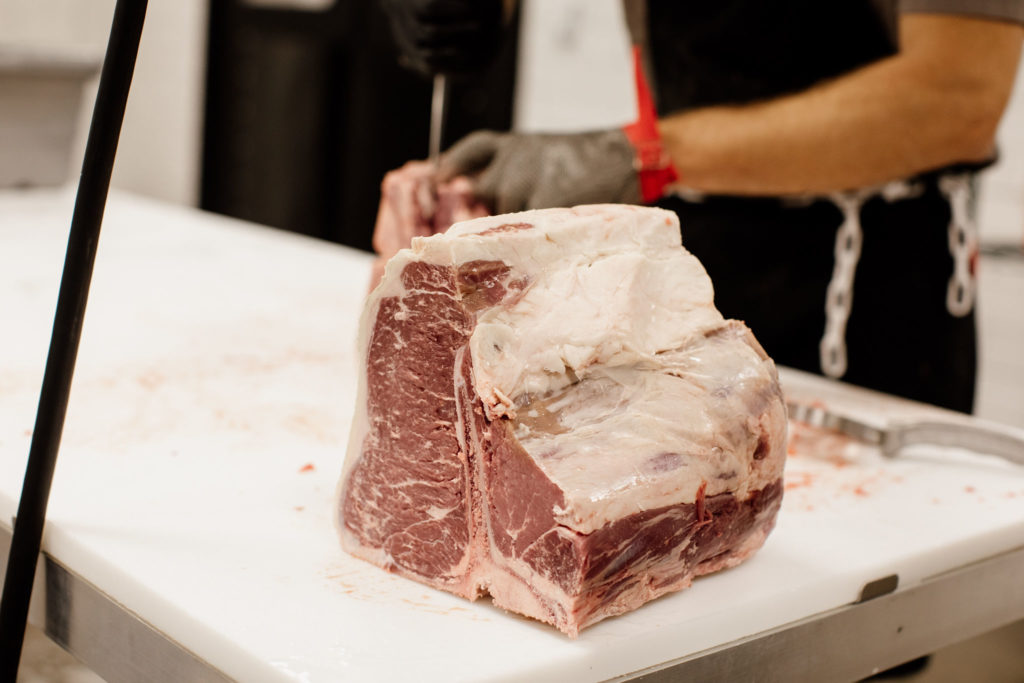
While Old Station does still bring in some boxed meat, the shop focuses on whole, single-sourced animals where possible. “When you go to the grocery store and buy ground beef, it could be from multiple animals. Our ground beef is all from a single cow,” said Lenters.
Old Station partners with local producers and processors to source their meat, enabling them to “support local lockers and give them a fair price, based on the quality of their product,” said Lenters. All of Old Station’s meat—beef, pork, and lamb—comes from Iowa, and as close to Des Moines as possible, with the exception of poultry, which is difficult to source locally, according to Lenters.
Proper feeding programs and humane animal care also factor into the raising of the meat. For example, pork and poultry, specifically, are antibiotic-free.
Their whole animal philosophy extends to the sale of the meat as well. “We try to use the whole animal. We try to market the whole animal and celebrate the life of the animal,” explained Lenters. Old Station doesn’t just sell animal meat, but organs as well, including liver, heart, tongue and even the bones. “Sometimes we’ve made our own bone broth and sold that, and our own beef tallow,” said Lenters.
The most important aspect of their business, he said, is the transparency involved throughout the process of getting the meat from the farmer who raised it to the customer who’s purchasing it—something that’s become increasingly important to consumers over the last few years. “We know all of the people involved—I talk to all of them on a regular basis,” said Lenters. Want to know the provenance of the pig whose meat will make up tonight’s pulled pork sliders? “I can give you the address of where the animal came from, and you can go talk to the farmer,” he explained.
Those relationships with farmers enable the staff at Old Station to better advise their customers on not only product quality, but the production process itself. Grass-fed meat, for example, will taste different from grain-fed meat. “What you feed your animals can determine how they taste,” said Lenters. “If you’re looking for a more health-conscious product, grass-fed may be the way to go. However, the trade-off is in flavor. I can explain that to the consumer.”
That background knowledge can push customers to try new things. Lenters cites lamb as an example, noting that most lamb in restaurants or big box stores comes from New Zealand or Australia, where its diet contains significant roughage and makes for a much gamier flavor than lamb raised here. “The lamb we sell, people are surprised at how similar it is to ground beef,” said Lenters.
Old Station can not only provide you with the meat for your grill, but with the actual grill itself—a product of Lenters’ past frustration with having to visit multiple locations to buy different components for the grilling experience. “I wondered, ‘Why is all this stuff not just in the same store?’” he said. In addition to being a Big Green Egg dealer, Old Station also sells charcoal and smoking wood, as well as locally-sourced beer and wine. They also look to cross-market with other local businesses whenever they can. For example, Old Station’s beer brats are made with beer from Barn Town Brewing, just a couple miles away. “We’re always looking to lift up other local businesses,” he said.
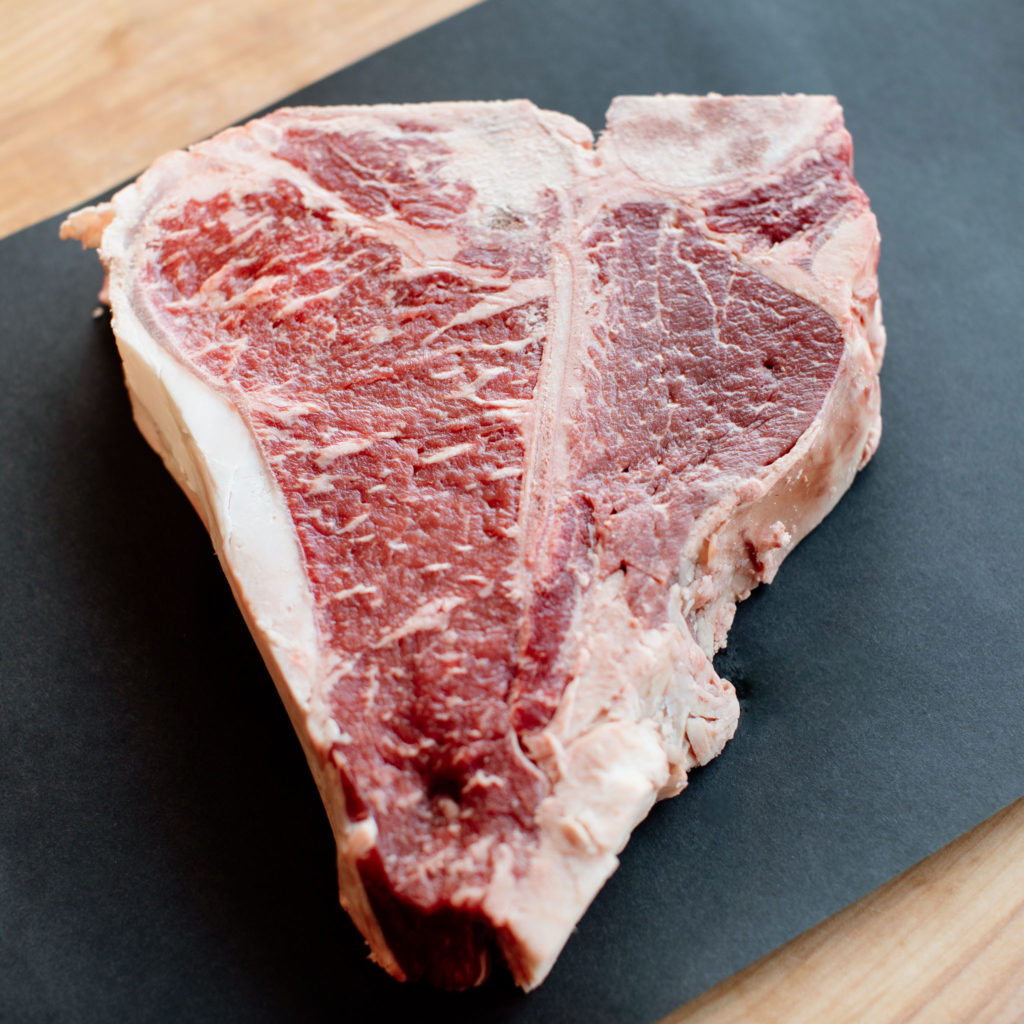
What’s next at Old Station? “We’re very near going into goats,” said Lenters, adding that goat meat may be tested out this summer. “It’s very difficult to find high-quality goat meat, but based on our diverse population, I believe goat meat can be very successful here.”
Despite the ongoing pandemic, Lenters said that Old Station’s whole animal focus insulates it in large part from the meat shortages many grocery stores faced months ago. “If we were to have another pandemic, I can continue to get beef,” he said. “I’m processing it myself. I’m not dependent on big processing plants.”
Pandemic or not, Old Station Craft Meats’ dedication to providing high-quality, locally-sourced meat—and supporting local producers in the process—sets it apart. Lenters notes that customers are “paying to support the local economy, and also paying for improved land stewardship. When you support small, local producers, they want to continue to have their farm be productive, so they’re taking care of the land and the animals.”
That level of care translates to the customer experience at Old Station, as well. “We try to make it an experience for you when you come in,” said Lenters. “We really want to engage every one of our customers and help them with their selection. I want them to think, ‘Wow, I learned something today,’ or ‘I’ve got a new idea about what I want to eat or how I want to prepare it.’”
Above all, Lenters said he wants every customer to walk away satisfied. “I like the customer engagement piece of it. That’s where I find my pride—when people say they had a great experience.”
